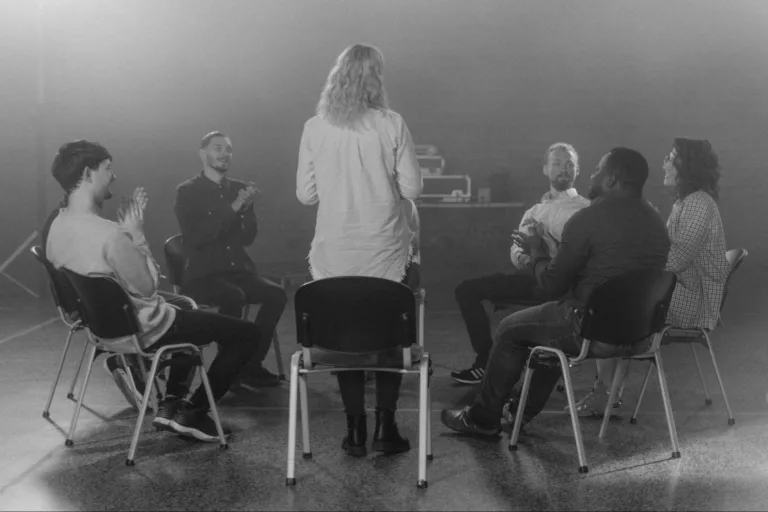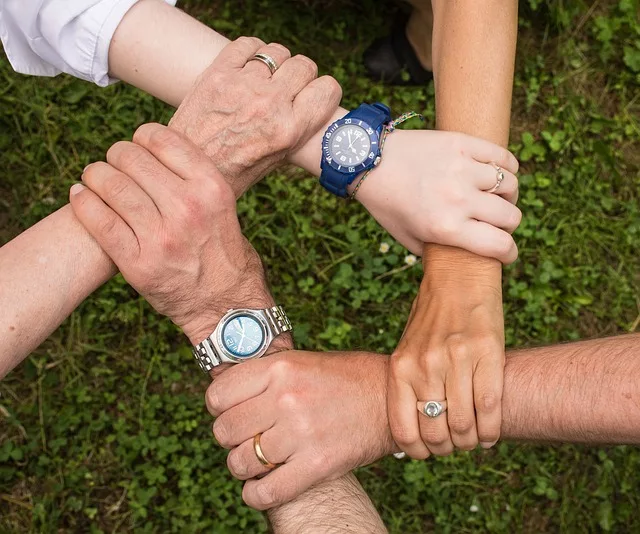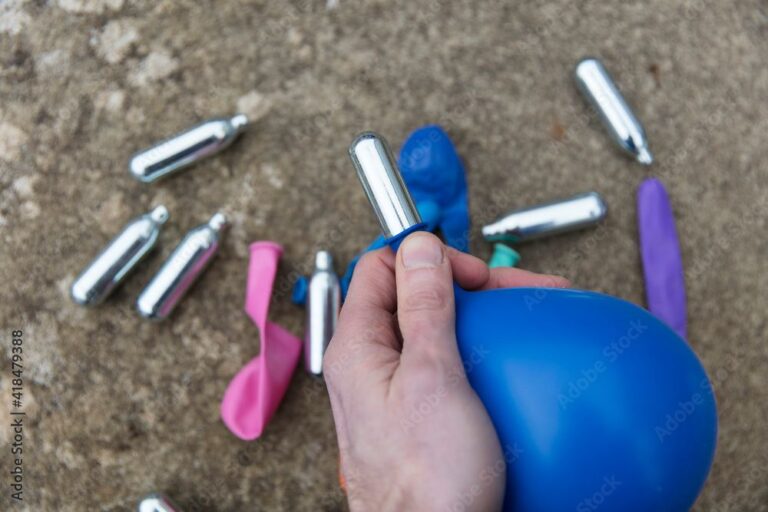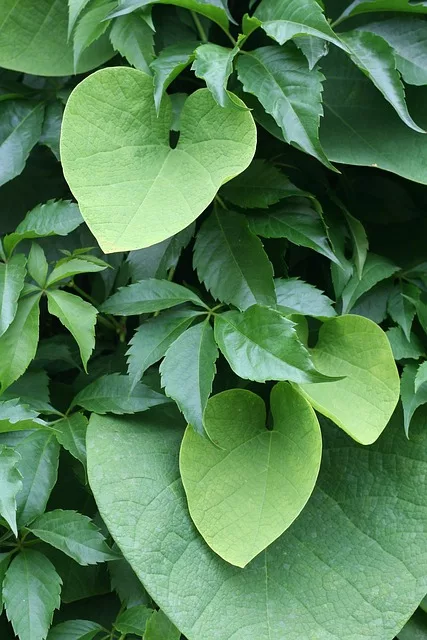One of the most difficult parts of recovering from drug abuse, alcoholism or a combination of both comes after treatment.
Leaving a treatment facility and returning to regular family life, social situations and work can routinely set newly recovering people back. This isn’t surprising and is to be expected, considering what science has learned about addiction.
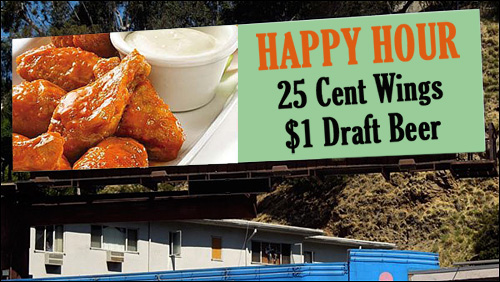
According to the National Institute on Drug Abuse (NIDA): “Addiction is defined as a chronic, relapsing, brain disease that is characterized by compulsive drug seeking and use, despite harmful consequences.”
Addiction is a “chronic disease” because it is long lasting and it cannot be cured, but it can be controlled.
“Relapsing” means that a person will get worse again or suffer a setback after improving or getting better.
And it’s a “brain disease” because it changes the brain both structurally and functionally – how it looks physically and how it works.
Drug or alcohol addiction alters the brain’s chemistry and can actually bring about physical and mental responses long after a person has been sober.
These responses can send an addict spiraling back to previous and destructive behaviors.
This is dangerous territory for recovering addicts. Contrary to what many people believe, addiction is not a choice.
Because “relapse” is a major component to addiction, some people go many years after treatment without any problems, but they’re always aware it could happen at any time.
Relapse prevention teaches that two possible incentives to use drugs or alcohol are always looming in the background – Triggers and Cravings.
What are Relapse Triggers?
Triggers can be almost anything that the addicted brain associates with the reward of getting “high.”
For some people a trigger might be stress created by work or family, or maybe the onset of depression or anxiety.
For others it could be a location, a bar they used to drink at or friend’s house where they might have used drugs.
Triggers can come in any form and may lead to substantial cravings. A Happy Hour billboard on the drive home from work offering cheap hot wings and beer might be all that’s needed to induce cravings that lead to relapse.
A cross-relapse from one drug to another can be extremely difficult to control.
Taking pain medication for back surgery can trigger a previous heroin addiction. This might also fall into the category of cravings.
What are Addiction Cravings?
Cravings are actual physical compulsions or urges caused when dopamine, a neurotransmitter in the brain, is released. Dopamine is a chemical associated with emotional response, pleasure, or pain, and it plays an important part in reward motivated-behavior.
In full swing, cravings can be incredibly difficult to manage until a person develops techniques to avoid them as much as possible. If a person is unable to avoid cravings, relapse is imminent.
A key element in limiting relapse, is managing triggers and cravings.
6 Tips to Keep Triggers and Cravings at Bay
1. Recognize Triggers
This might seem like a simple task, but because triggers can be absolutely anything, it’s important to give thoughtful consideration to people, places, social situations and any feelings that normally bring about a desire to use alcohol or drugs.
Over time, many people in recovery discover triggers that they weren’t even aware of. Learning what your triggers are and developing the ability to recognize them ahead of time will help to offset the difficulties of cravings.
2. Plan Ahead
Once a person has a solid grasp of their triggers, they can act accordingly.
This might be as simple as taking a different route home from work in an effort to avoid passing a place where drugs and alcohol are used.
If you must attend a function, such as a wedding where you know alcohol will be served, create a mocktail recipe and share it with the bartender so you won’t feel out of place.
3. Accept The Urge
Rather than fight the intense craving to drink or use drugs, accept the urge and ride it out. This overwhelming feeling to drink won’t kill you and given enough time, it will subside.
Many urges will disappear in 10 to 15 minutes. If they do not, remove yourself from the situation you’re in which could possibly be triggering your urges.
In the past, you may have had a drink to cover up emotional or physical discomforts but now is the time to work through them and understand that discomforts in life are inevitable and are perfectly okay.
4. Rational Thinking
We’ve all heard the term “Stinking Thinking.” Challenge your thoughts when an urge arises and ask yourself, “Is this really what I want to do?”
“Do I want to wake up hung over, ashamed, feeling guilty and riddled with anxiety?”
Thoughts like “There is no way I can fight this” or “I might as well have a drink and get it over with” are counterproductive.
These thoughts need to be examined and stopped immediately. If a situation is causing you to want to drink, examine your thoughts.
For example, you’re having a bad day at work and the boss just reamed you out.
Instead of rushing off to the local pub, analyze the conversation and pull out nuggets of information that you can improve on to better perform at work.
5. Distractions and Replacement
If a stressful situation can’t be avoided, distractions are a great way to overcome urges.
Create a list of healthy distractions that you can refer to if a craving is overwhelming so you don’t have to think too much.
Distractions can be anything from a brisk walk or run, swimming laps, calling a friend, reading a book or cleaning.
Choosing an exercise, offers the added bonus from a boost of endorphins, which will help to reduce the stress and anxiety you may be feeling.
Practice mindful meditation to find a peaceful resolution. Visualize yourself going through the motions of your distraction to help you to get started.
This will ease any anxiety and fear that can trigger cravings. Keep a positive attitude, and understand that with practice, healthy habits will override negative ones.
6. Participate in Relapse Prevention Therapy
There are many 12 step and non-12 step alternatives where people in recovery from drugs and alcohol can learn the necessary skills to avoid relapses.
SMART Recovery is a non-religious cross-talk therapy where people can discuss their struggles with triggers and cravings, as well as listen and learn from the experiences of others.
Cognitive Behavioral Therapy is another incredibly useful tool that develops a positive skillset in recovery and helps people understand the relationship between thoughts, emotions, and behaviors.
The most important thing to remember is that recovery from addiction takes time and relapse is a natural part of the disease, just as experiencing triggers or cravings are a normal part of recovery.
Instead of feeling guilty or depressed, staying focused and positive can lead to a happy and healthy sober lifestyle.
Related:
Dr. Jacob Adal Stresses Relapse Prevention Therapy (Podcast)
What is the Difference Between IOP and PHP Outpatient Programs?
Relapse Rates and Aftercare Study

